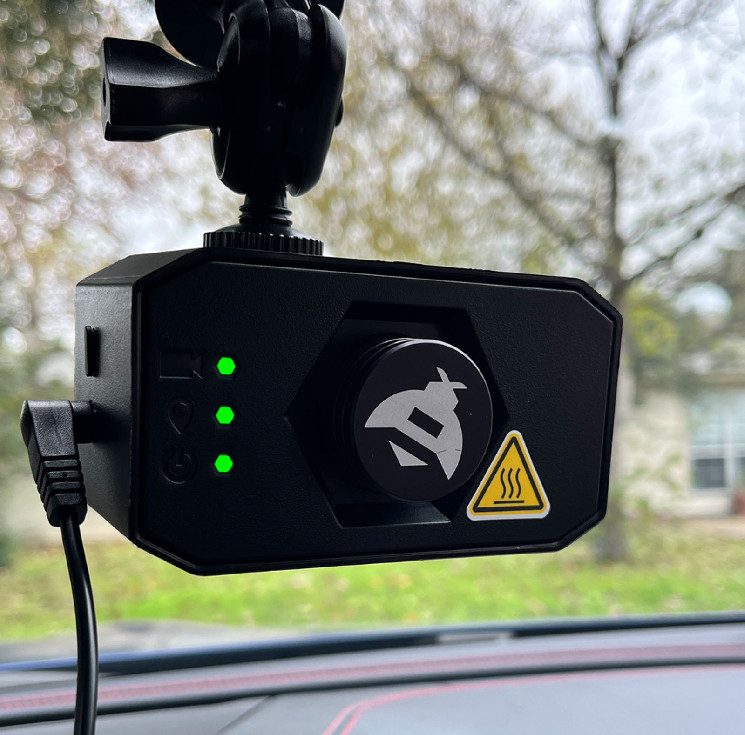The story of the Decentralized Physical Infrastructure Network (DePIN) has received a lot of attention in recent months, capturing the attention of industry observers and participants alike.
—
Given the large addressable market that DePIN has, it’s not surprising that everyone’s focus is on DePIN, which refers to infrastructure-related projects that use blockchain technology and token incentives to create a more verifiable network by connecting millions of participants to bring one line.
However, DePIN is not limited to just one sector. It includes file sharing, wireless networks, cloud networks, storage, mobility networks, sensors and computer networks, indicating its enormous potential. Given this potential, it is logical to expect DePIN to propel cryptocurrency into the mainstream.
Hatu Sheikh, the founder of Ape Terminal, echoes this sentiment. He describes DePIN as a “game-changing solution” that will disrupt the way we collaborate and govern across many sectors.
Jointly building a network from the ground up
The existing physical infrastructure depends on centralized entities, which make huge investments, leading to the creation of monopolies. This lack of competition limits innovation. That’s where DePIN comes in, as it wants to turn this model on its head by creating a democratized version of infrastructure building.
While traditional systems provide benefits to their community of millions of users, DePIN projects enhance these systems by offering flexible and higher rewards.
It is by tapping into the crypto economy and utilizing the principles of blockchain technology that DePIN brings together individuals spread across the world to build a network from the ground up and to make it a success.
The way it works is that crowdsourced providers are responsible for building and maintaining the infrastructure and keeping track of this on the blockchain. In exchange for their work and deploying their resources, they are rewarded with tokens. Once the infrastructure foundation is complete, users pay to gain permissionless access to the network. Meanwhile, like an oracle, middleware connects the blockchain and the physical infrastructure.
Supply-side participants share responsibilities, reducing costs for the end user and creating a sharing economy. Here, users are not dependent on a single entity, which also eliminates the single point of failure. Overall, it provides unlimited access, reduces barriers to entry and provides affordable solutions for all.
However, it is worth noting that encouraging participants to build the network requires funding, which can be a challenging task. Projects must also find the right balance between the number of tokens to be issued and their value.
Multi-trillion dollar possibility
As the crypto market rejoices and institutional money flows into Bitcoin, DePIN is uniquely positioned to grab the spotlight and demonstrate its unparalleled ability to leverage the value of real-world data. The sector has now started to attract venture capital investments, with companies such as Coinbase, Pantera, Blockchain Capital and Multicoin Capital turning their focus to DePIN project investments.
As the sector gradually develops and gains attention, we will see a proliferation of DePIN projects, the success of which will be determined by their tangible impact in the real world. This growing success will reflect the symbolic values and interest of investors and providers in the network.
A series of DePIN projects from different categories are already laying the foundation for the sector’s upcoming exponential growth. As the frontrunners, BitTensor (TAO), Helium (HNT), Filecoin (FIL) and Render Network (RENDER) have already reached billions of dollars in market capitalization, while Hivemapper (HONEY), Arweave (AR) and Akash Network (AKT) are slowly building their communities.
According to CoinGecko, the total DePIN market currently stands at $15.6 billion and is on the cusp of a monumental leap as the sector has trillions of dollars of market potential at its fingertips.
The Microsoft and Amazon-dominated server sector alone is worth $1 trillion, while wireless capabilities are worth $2 trillion.
If we add other sectors, such as energy, mobility and storage, the market expands even further. With DePIN the possibilities are simply unlimited.
Bridging the gap between digital and physical
When it comes to DePINs, it is their decentralized core that allows for the creation of an adaptable and robust infrastructure. By addressing some of the tough challenges associated with dependence on centralized infrastructure, these projects have the potential to advance the Web3 ecosystem.
For example, Render is disrupting the 3D Graphics industry by offering high-quality rendering services at a relatively lower cost. Another visionary project, WiFi Map, aims to become a global virtual network operator and boasts of having 4.5 billion WiFi hotspots in its decentralized, community-driven wireless network.
Meanwhile, sensor networks like Hivemapper reward drivers for sharing collected data, which is then used to create maps, giving drivers a new form of passive income. Then there is the Peaq Network which is tokenizing a fleet of Teslas using DePIN technology.
By offering real-world services, successful DePin projects can catalyze a new wave of crypto adoption. And as more people get involved, costs are reduced, new use cases for decentralized collaboration are presented, and awareness of this new revolution is increased.
For the time being, however, centralized service providers remain more efficient and better organized. However, the introduction of scalable DePINs with improved tokenization mechanisms could be the key to unlocking a trillion-dollar future. Clearly, there is a long journey ahead for DePINs, and we are only now beginning to realize their vast potential.

